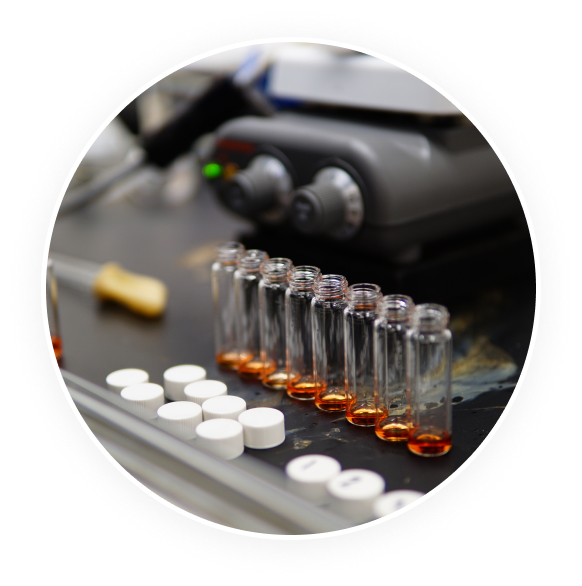Cluster 2
Nanochemistry and Nanotechnology
Instructors:
Shaowei Chen, PhD
UCSC Department of Chemistry and Biochemistry
Roger Terrill, PhD
Department of Chemistry, San Jose State University
Prerequisite: Chemistry
This is a FIRST CHOICE cluster option only
Summary:
At the nanometer scale (10(raised to the -9th power)m), the chemical and physical properties of materials and structures show drastic deviations from those of their atomic or bulk forms. Exploiting these new properties has sparked research in energy, electronics, and a diversity of areas. We will introduce basic principles of nanoscience and nanotechnology, and demonstrate the applications of functional nanomaterials through in-house demonstrations and hands-on experiments. Students will learn about the preparation and functionalization of nanomaterials, their controlled assemblies, and the potential impacts on future technologies. Students will also visit research facilities and laboratories as a foundation for understanding, evaluating, and explaining nanotechnology. In this cluster, we will uncover patterns that transcend specific technologies, enabling us to evaluate whatever we create in the future.
All students in this cluster will be enrolled in the following courses:

Nanomaterials: Chemistry and Energy/Electronic Sciences
The focus of this course is to introduce the fundamentals of nanomaterials chemistry to students and to highlight some of the important implications in energy and electronic sciences. Specifically the lectures will cover the general properties and technological significance of nanomaterials, the leading technologies in the preparation and engineering of functional nanomaterials, typical experimental tools that are important in the investigation, and potential applications in energy (fuel cells, battery, solar cells, etc) and electronic science (nanoelectronics, nano(bio)sensors, etc). Students will also be engaged in multiple labs on relevant topics.
Nanotechnology: Molecular Control
In this section, we will try to accomplish two things: Firstly we will introduce the necessary geometric, physical, and physical chemical topics necessary to enrich students’ understanding of nanoscience, and secondly we will work through some exciting examples of nanoparticle-based technology, mainly from the perspective of their unique optical and magnetic properties.
In part one will build a foundation of understanding by exploring the following topics: a. basic descriptive quantum mechanics that is essential to understanding these materials, b. scaling questions and how nanoparticle sizes are important to their applications, c. basic bulk and surface thermodynamics (energy and force considerations), d. crystallographic descriptions, e. nanoparticle chemical synthesis strategies, and f. optical properties that derive exclusively from the 2 – 100 nm size range. This section will include throughout descriptions of the ways in which nanoscale entities differ from both their smaller relatives, atoms and molecules, and their larger, i.e. bulk material ones.
In part two, we will focus on some of the very exciting applications of nanoscience derived from current research. Applications will include research into nanoparticle-based photothermal therapies for cancer, multiplexed chemical sensing strategies using coded nanoparticles, and nanoparticle-based single molecule spectroscopy using nanoparticle-coupled surface enhanced Raman spectroscopy.
Students will also carry out multiple labs on relevant topics.



